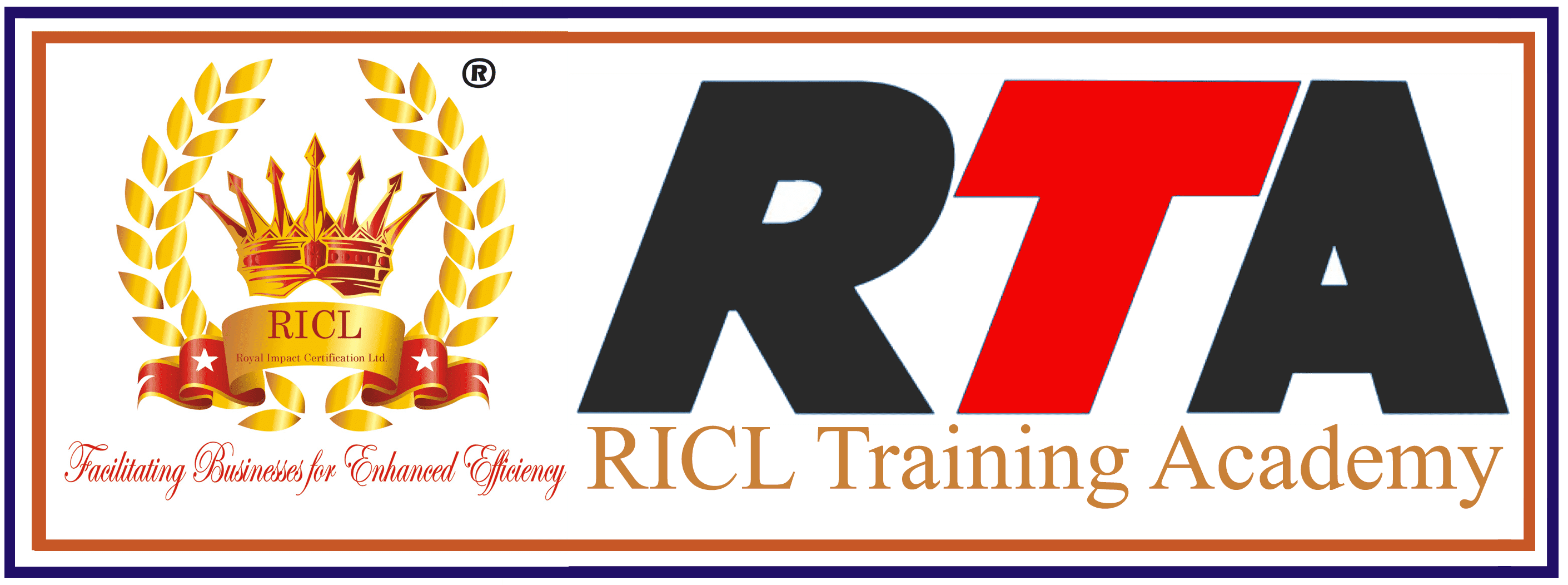
Customer Service
Customer service is crucial for building strong relationships with customers. It involves providing support and assistance through various channels, such as phone calls and emails. Customer interactions are essential for understanding their needs and preferences, while satisfaction reflects their perception of the service received. Building relationships fosters trust and loyalty, while feedback helps improve the customer experience. Teamwork ensures consistent service delivery across all touchpoints. Overall, prioritizing customer service leads to long-term success and customer satisfaction.
Who can attend this course?
- Customer Service Representatives:
- Frontline staff responsible for directly assisting customers, handling inquiries, and resolving issues.
- Sales and Marketing Professionals:
- Salespeople, account managers, and marketers who interact with clients and prospects to promote products or services.
- Managers and Supervisors:
- Managers and supervisors overseeing customer service teams and wanting to train their staff on effective customer service practices.
- Hospitality and Retail Staff:
- Employees working in hotels, restaurants, retail stores, and other service industries where customer interactions are frequent.
- Business Owners and Entrepreneurs:
- Small business owners and entrepreneurs interested in delivering exceptional customer experiences to build loyalty and drive business growth.
- Anyone Interested in Improving Customer Interactions:
- Individuals from various backgrounds who want to enhance their communication, problem-solving, and relationship-building skills to better serve customers.
Introduction to Customer Service (9:00 AM – 9:30 AM)
- Welcome and Course Objectives
- Importance of Customer Service: Impact on Customer Satisfaction, Loyalty, and Business Success
- Overview of Key Customer Service Principles: Empathy, Communication, and Problem-Solving
Session 1: Understanding Customer Needs (9:30 AM – 10:30 AM)
- Identifying Customer Expectations: Listening to Voice of the Customer, Surveys, and Feedback Mechanisms
- Types of Customer Needs: Functional, Emotional, and Psychological
- Building Empathy: Putting Yourself in the Customer’s Shoes and Understanding Their Perspective
Break (10:30 AM – 10:45 AM)
Session 2: Effective Communication Skills (10:45 AM – 12:00 PM)
- Verbal Communication: Active Listening, Positive Language, and Clear Communication
- Non-Verbal Communication: Body Language, Facial Expressions, and Eye Contact
- Handling Difficult Conversations: Dealing with Angry or Upset Customers with Calmness and Professionalism
Lunch Break (12:00 PM – 1:00 PM)
Session 3: Problem-Solving and Conflict Resolution (1:00 PM – 2:30 PM)
- Identifying Customer Problems and Concerns: Asking Probing Questions and Gathering Relevant Information
- Analyzing Solutions: Assessing Options, Considering Impact, and Making Informed Decisions
- Resolving Conflicts: Strategies for De-escalating Tensions, Finding Common Ground, and Reaching Win-Win Solutions
Break (2:30 PM – 2:45 PM)
Session 4: Building Customer Relationships (2:45 PM – 3:45 PM)
- Creating Positive First Impressions: Greeting Customers Warmly and Establishing Rapport
- Building Trust and Credibility: Delivering on Promises, Being Transparent, and Following Through
- Going the Extra Mile: Anticipating Customer Needs, Providing Personalized Service, and Exceeding Expectations
Session 5: Handling Challenging Situations (3:45 PM – 4:45 PM)
- Dealing with Difficult Customers: Remaining Calm, Empathetic, and Solution-Focused
- Managing Time and Priorities: Handling Multiple Customer Inquiries and Requests Efficiently
- Self-Care and Stress Management: Strategies for Coping with Stressful Customer Interactions and Maintaining Resilience
Conclusion and Q&A (4:45 PM – 5:00 PM)
- Recap of Key Concepts Covered
- Open Floor for Questions and Discussion
- Course Feedback and Closing Remarks
By the end of this course, participants will have gained practical knowledge and skills to deliver exceptional customer service, build positive relationships with customers, and handle various customer interactions effectively.
[Form id=”6″]
Royal Impact Certification Clients









CONTACT US
Get in Touch With Us!
Our Services
- Lead Auditor QMS
- Lead Auditor EMS
- Lead Auditor OHSMS
- Internal Auditor QMS
- Internal Auditor EMS
- Internal Auditor OHSMS
- Awareness Auditor QMS
- Awareness Auditor EMS
- Awareness Auditor OHSMS
Contact Info
Royal Impact Certification Ltd. 623 Tower B, iThum
plot no. A 40
Sec 62, Noida 201301
training@ricliso.com
Call us now:
9355650992
9355650993
Copyright © 2023 RICLTrainingAcademyAll rights reserved.

